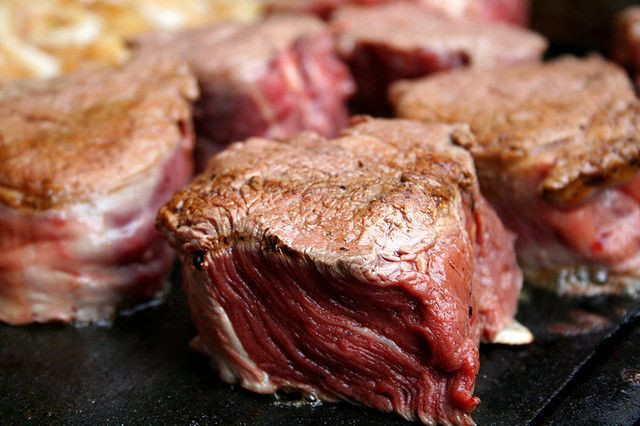Dieting Tips: 3 Small Changes You Can Make To Increase Weight Loss, Based On Research

As the summer approaches, you are probably trying to get that elusive summer body you’ve seen on television. So how can you get there faster?
That's a question we all ask. Answers to that question can seem trite because of the overwhelming amount of books that have been written on the subject. In a study done for The American Journal of Clinical Nutrition, researchers followed over 120,000 people over a period of 16 years in order to gather data. In it, they were able to establish that those who ate foods with a high glycemic load, like starches, sugars, or refined grains, were generally heavier than those who ate foods with a low glycemic load, like fruits, vegetables, and nuts. Research had previously supported a move in this direction as a “practical application,” in the sense that people should generally be eating healthier.
But this new research provides positive data for it, and has suggested small ways for you to change your diet for increased weight loss. Here are a few things they suggest:
1. PLEASE EAT YOUR SEAFOOD
Seafood was one of the foods the study showed helped people lose weight. Of course, lobster and a tub of butter is not the answer. Healthy seafood, like salmon or tuna, is high in protein and also low in unsaturated fat. This is bad news for people who don't like seafood.
2. PASS UP RED MEAT
Researchers saw that the consumption of red and processed meats was linked to weight gain. This is especially true of meat alongside starches, such as rice or pasta. Aside from the fact that red meat is high in cholesterol, it is also high in saturated fat. The American Heart Association recommends individuals only consume between five to six percent of their daily intake in saturated fat per day, which can usually be replaced by something else like fruits and vegetables, whole grains, or low-fat dairy products.
3. EAT WHAT YOU LIKE ALONGSIDE LOW-GI FOODS
Let's say you eat something that is pretty tasty, like an egg and cheese sandwich with whole wheat bread. That is a pretty good meal. The problem is that many eat that with some other starchy food, like chips or potatoes. Instead, cut that part out and eat a low-glycemic index (GI) food. A food with a GI level of one to 51 is considered low; foods with GI levels of 52 to 69 are medium; foods with GI levels of 70 and up are considered high. An apple, for instance, has a GI level of 39, whereas white rice has a GI level of 89. Use this list of over 100 different foods and their GI levels for a reference.
Dramatic weight loss is generally not a common occurence. It is the little steps like these that help you get where you want to be.
Published by Medicaldaily.com



























